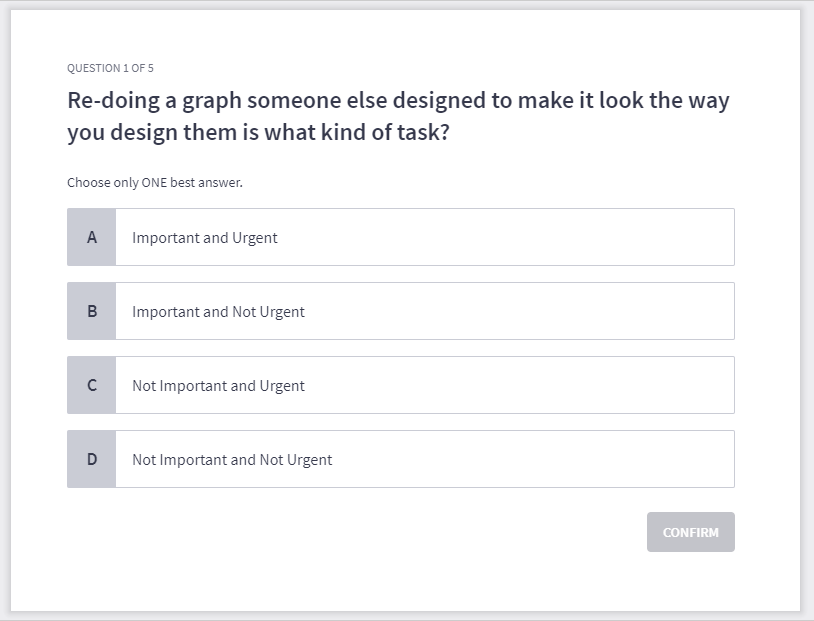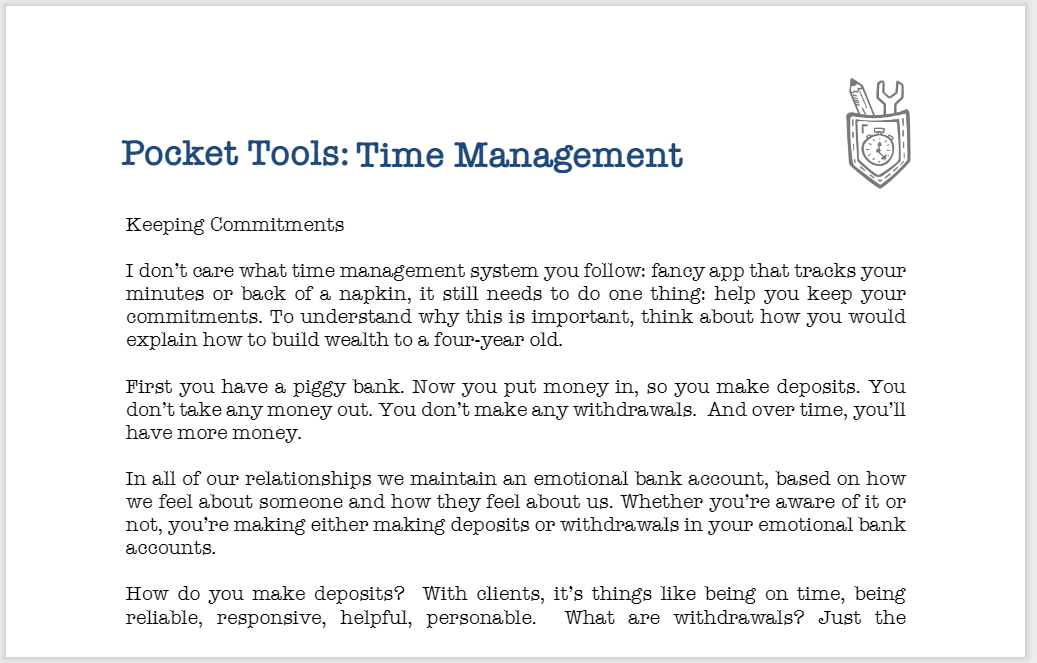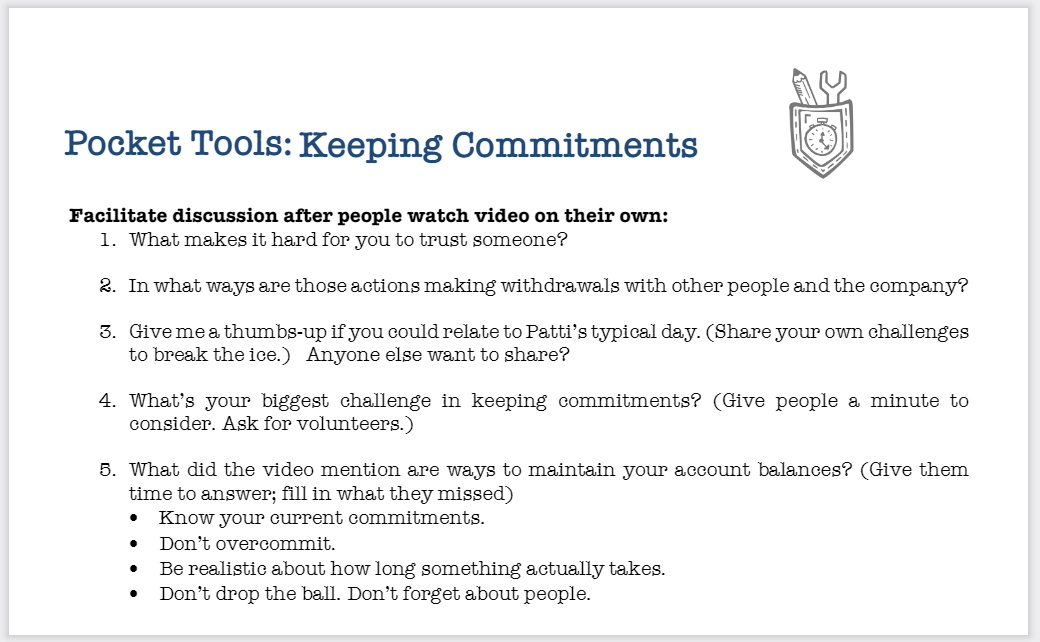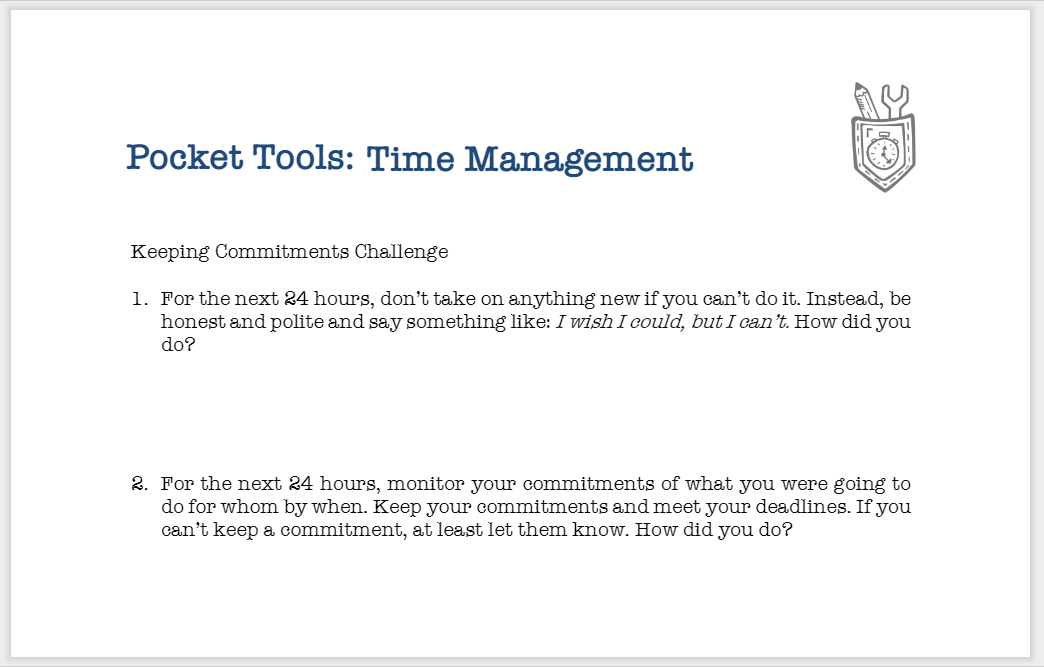When I accepted the role of Chief Operating Officer of a $700 million Northwest paper and packaging company, I was inheriting an organization that had been part of a patriarchal family culture for over 90 years. As in many long-term family-run companies, the focus had been on providing lifetime employment opportunities in a rural community. Under new private equity ownership, however, that priority changed quickly. To start, I set out to assess the strengths and gaps of the leadership team.
First Business Priority: Reducing Costs
We had to start generating a healthy and sustainable EBITDA quickly. One of the first patterns I observed in the Operations leadership group was the legacy of promoting the best operator / technical expert / maintenance person to supervisory positions. Up to that point, this was the only path for recognition and advancement out of the union ranks. This pool of technically competent problem-solvers then became the source of further promotions to department and executive leadership.
The result of this pattern over time was excelling in product quality, process control, and corrective maintenance. Along with those strengths came some significant gaps: relations with the union members was antagonistic, lack of teamwork, lack of problem-prevention and continuous improvement, and an overall resistance to change.
What were the Requirements of Leadership Going Forward?
With these strengths and gaps in mind, we started by redefining the roles of Supervisor, Department Manager, and Operations Executive. While technical expertise was still important, we prioritized a people-orientation ahead of that. This included:
- basic communication and listening skills
- team building and collaborative problem-solving
- tailoring the approach to each employee
- demonstrating respect and the ability to understand other perspectives (not necessarily agreement)
Matching people to the New Requirements
Once we had agreement on the new leadership profile, I used a Behavior Assessment tool to gauge the innate drives and tendencies of both current and potential leaders. A few of the traits measured tied directly to the requirements listed above. Compared to the more technically driven leaders, these traits were:
- a higher drive to interact and engage with people (Extroversion)
- a lower drive to direct and control people (Dominance)
- a moderately higher level of subjectivity in decision-making (Subjectivity vs. Objectivity)
This combination of traits in people allows them to more easily see the world through the eyes of other, to understand and acknowledge other points of view, and to be more aware of the emotions behind the words that their people are communicating. This increase their ability to communicate expectations, engage people in more root-cause problem-solving, and delegate more responsibility so that they can supervise more people.
Results
As we retooled the Operations organization using the template described above, we remained conscious of striking a balance between technical and people-orientation. Some of the previous leaders who had been promoted based on their expertise were able to adjust with training and coaching. Many were not. The newly selected leaders began making a difference quickly. Relations with the union members began to improve to the point they were raising cost and productivity concerns and opportunities. We were able to reduce a legacy layer of management between the first line supervisors and department managers. Maintenance began focusing more on predictive and preventive work, which allowed us to reduce the maintenance workforce significantly. Safety improved and quality remained high.
Obviously, a lot went into the turnaround of the mill and box plants’ improvement, but the change in leadership approach opened the door for many of the significant cost reduction opportunities.
Frank McShane is a strategic management consultant who helps clients make sure they have the right people in the right roles and are focused on the highest return customers, products, and services. He can be reached at fvm@SqrPegConsulting.com.




Recent Comments